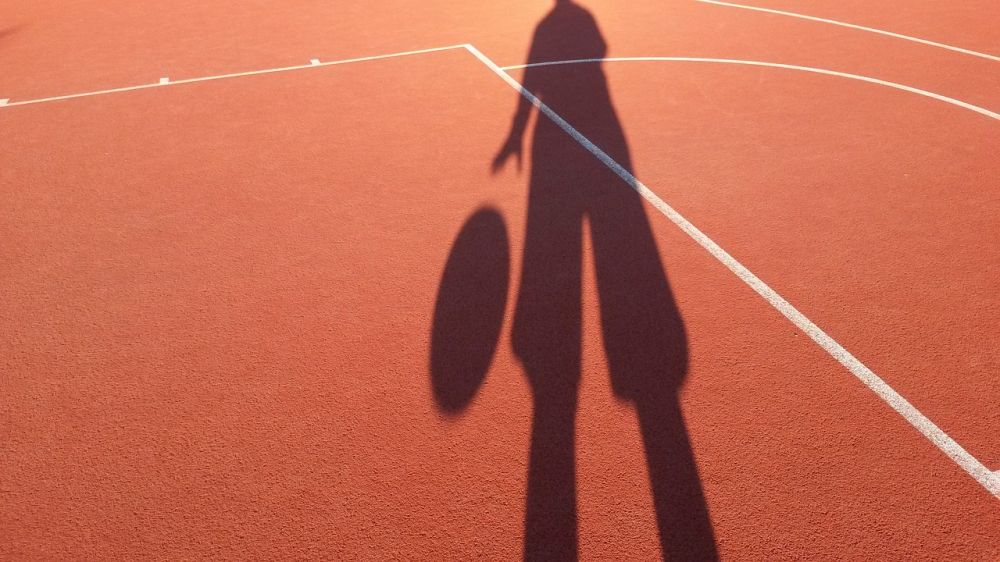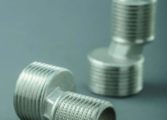Basketball Ball: A Complete Guide to the Games Essential Equipment

Introduction
When it comes to basketball, the one piece of equipment that stands out as the face of the game is the basketball ball itself. It not only symbolizes the essence of the sport but also plays a crucial role in gameplay. In this article, we will provide a comprehensive overview of the basketball ball, including its types, popularity, quantitative measurements, variations, historical development, and pros and cons.
Overview of Basketball Ball

A basketball ball is a spherical object specifically designed for the game of basketball. Its primary purpose is to be dribbled, passed, and shot through the hoop to score points. The ball’s design has evolved over the years to ensure optimal grip, bounce, and durability.
Types of Basketball Balls
Basketball balls come in different sizes to accommodate players of varying age and skill levels. The NBA, the most influential basketball league in the world, uses a standard size 7 ball for men, while international games and women’s leagues typically employ a size 6 ball. Youth leagues utilize smaller balls, such as size 5 for ages 9-11 and size 4 for ages 5-8.
Basketball Balls: Popularity and Brand Recommendations
Adidas, Nike, Wilson, and Spalding are among the leading manufacturers of basketball balls, with each brand offering a variety of models catering to different playing styles and preferences. The popularity of specific basketball balls often depends on factors such as endorsement deals with professional players, marketing campaigns, and overall brand reputation.
Quantitative Measurements of Basketball Balls
A basketball ball’s size and weight are crucial for its performance on the court. The official NBA size 7 ball has a circumference of 29.5 inches and weighs approximately 22 ounces. This size and weight allow for optimal control and handling by professional players while ensuring a reasonable level of comfort for shooting and passing.
Differences between Basketball Balls
Basketball balls can differ in various aspects, including design, materials, and internal construction. The most notable distinction is the outer cover, which can be made of leather, synthetic leather, or rubber. Leather balls are typically preferred due to their superior grip, feel, and overall performance. However, they require regular maintenance and tend to be more expensive. Rubber balls, on the other hand, are more affordable and durable, making them a popular choice for recreational play and outdoor use.
Historical Overview of Basketball Ball Evolution
The basketball ball has undergone significant changes throughout history. In the early days of the sport, basketballs were made of stitched leather panels and had a lace-up design. As the game evolved, manufacturers introduced rubber basketballs with an inflatable bladder, providing a more consistent bounce and eliminating the need for laces. Today, modern basketballs feature advanced technologies, such as moisture-absorbing materials and improved grip patterns, ensuring optimal performance in various playing conditions.
Advantages and Disadvantages of Different Basketball Balls
While there are advantages and disadvantages to each type of basketball ball, the choice ultimately depends on the player’s skill level, the playing environment, and personal preferences. Leather balls offer superior grip and control but require more maintenance, while rubber balls are more durable but may lack the same feel. Synthetic leather balls aim to strike a balance between the two, offering decent performance and affordability.
Conclusion
The basketball ball is an indispensable part of the game, serving as the primary tool for players to showcase their skills and compete against one another. Understanding the different types, measurements, and characteristics of basketball balls allows players to make informed decisions about their equipment. Whether it’s a professional NBA game or a casual pickup match, choosing the right basketball ball contributes to an enjoyable and successful basketball experience.
Sources:
1. «Basketball Glossary» – NBA Official Website.
2. «Basketball Balls» – Spalding Official Website.
3. «Basketball» – Wikipedia.
















































